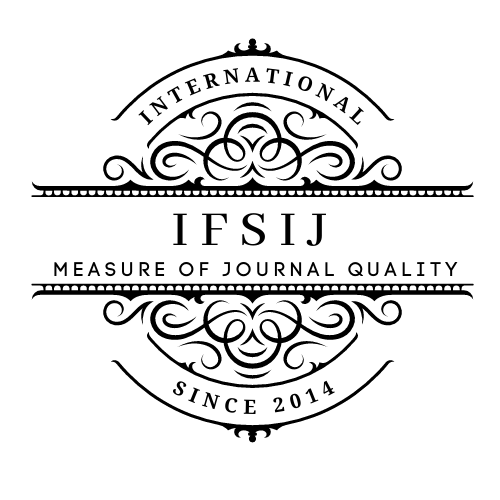SONOGRAPHY AND MENISCUS TEAR
Keywords:
Meniscal lesions, ultrasound, magnetic resonance imaging, arthroscopy.Abstract
This study aimed to evaluate the effectiveness of ultrasound (US) in diagnosing meniscal degeneration and tears in comparison with magnetic resonance imaging (MRI) and arthroscopy. A total of 35 patients participated in the study and were divided into two age groups (≤ 35 years and > 35 years). Following MRI and US examinations, 25 patients also underwent arthroscopic evaluation. Statistical comparisons were performed using the kappa agreement test, chi-square test, and McNemar test where appropriate. US was found to be less effective than MRI in detecting meniscal degeneration. For meniscal tears, US demonstrated a sensitivity of 90.9% and a specificity of 63.6%, whereas MRI showed a sensitivity of 93.3% and a specificity of 100%. The medial meniscus posterior horn was the region most effectively visualized by US, while the main bodies of the menisci were more challenging to assess. In patients aged ≤ 35 years, US achieved a sensitivity and specificity of 80% and 100%, respectively, compared to 66.7% and 75% in patients over 35 years.
Downloads
Published
Issue
Section
License

This work is licensed under a Creative Commons Attribution-NonCommercial-NoDerivatives 4.0 International License.















